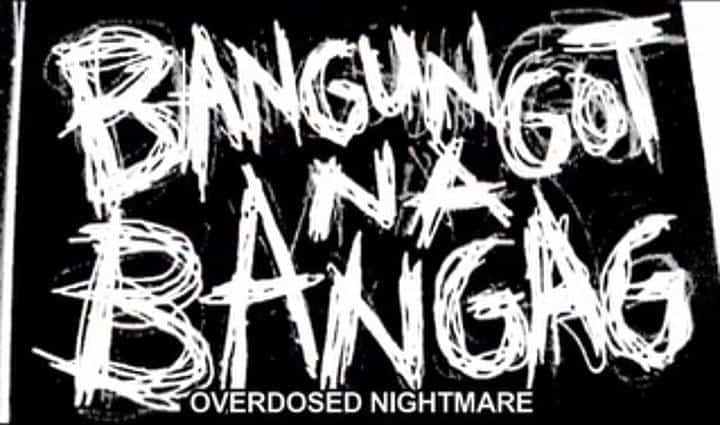Exploring the tenuous relationship between idol and fan, Yoshikazu Takeuchi's “Perfect Blue: Complete Metamorphosis” follows the idol known as Mima as she begins to shed the image of innocence, in a bid to further her career. Existing in opposition to Mima's desire to transcend her past is a nameless fan whose dangerous obsession leads to anger as he perceives the change as the work of outside sources. The man's decline and drive to protect his ‘muse' leads him down a path of murder, as he decides he must purify himself and others to match that sainthood he projects on the singer. As Mima's career begins to take off because of her choices, the odd letters from the fanatic cause a scare but don't prepare her for the violent clash with her biggest fan.
Buy This Title
It is unlikely that many readers will be approaching this novel without prior knowledge of the adaptation from Satoshi Kon, simply titled “Perfect Blue“, largely due to the novel not being translated to English until much later after the film being cemented in cult fandom. Consequently, as a reader, it becomes difficult to approach the material without drawing comparisons. When comparing the two, it would not be out of place to say that Satoshi Kon really elevated the work into something wholly unique and offering much more depth in story and social commentary then the novel achieves. However, that it not to say that the novel is inferior or unsuccessful in the themes it tries to capture. Simply put, the novel takes a drastically different approach than what fans of the movie would expect, and offers a different, albeit subjectively more simple approach to the themes explored in the iconic film.
The novel offers the most enjoyment in approaching it as a horror one, with a particular emphasis on the deviant and violent behavior of the nameless fan. Notably, his somewhat inexplicable desire to wear other peoples skin in an attempt to better understand purity. Consequently, the descriptions of his act of peeling and wearing skin becomes a constant source of gross-out scenarios that will titillate fans of the macabre. The description of blood and mutilation gets amped up in a conclusion that is both gleefully absurd and terrifying. Ultimately, the blood-drenched conclusion will leave a lasting impression within a certain fanbase of horror literature.
The other side of the story, which focuses on Mima, offers little intrigue, particularly off of preconceived notions of the character as defined in the film. Undoubtedly, the idol contains a strong reserve, a sharp mind, and a sweet/sincere spirit which works as good opposition to the delusional fan who perceives celebrity on a base level. However, Mima embodies perfection almost to a fault, leading to little in the way of drama in her everyday interactions. Overall, the persona the singer projects feels built towards pushing the reader to want her to defeat the crazed fan, and less about making her an intriguing figure.

The book does contain other familiar characters, notably the assistant Rumi and Mima's manager. However, their portrayal is much different then the adaptation, with both actively supporting the singer. Overall, they are well written and compliment the protagonist, but do little to stand out. Additionally, there is a subplot of a competitive idol trying to blackmail Mima, which does offer some interesting conflict but mostly serves to heighten the idol's flawless persona.
With the novel perhaps being best described as horror, it also does fall into some of the tropes of genre, particularly under the ‘pulp/paperback' definition. Notably, Takeuchi's approach to dialogue is rather simplistic, with a very matter-of-fact approach to description, which avoids metaphorical storytelling. This approach may bother readers who are expecting a much deeper experience akin to the psychological drama hinted in the movie. However, within the genre of horror, Takeuchi proves a strong consistent voice that favors a more direct approach, knowing what will thrill readers and focusing on the gritty details.
“Perfect Blue: Metamorphosis” is a strong entry in the horror genre, with some great ghastly and memorable scenarios. Unfortunately, it probably won't please fans who adore the anime adaptation, since none of the themes are better explored or defined through the original novel. However, there may still lie some appeal in understanding how transformative and innovative a thinker Kon was when adapting material (He also adapted Paprika by Yasutaka Tsutsui). Overall, the book is bound to thrill horror readers, and might still hold appeal to fans of the property via the film adaptation.
















